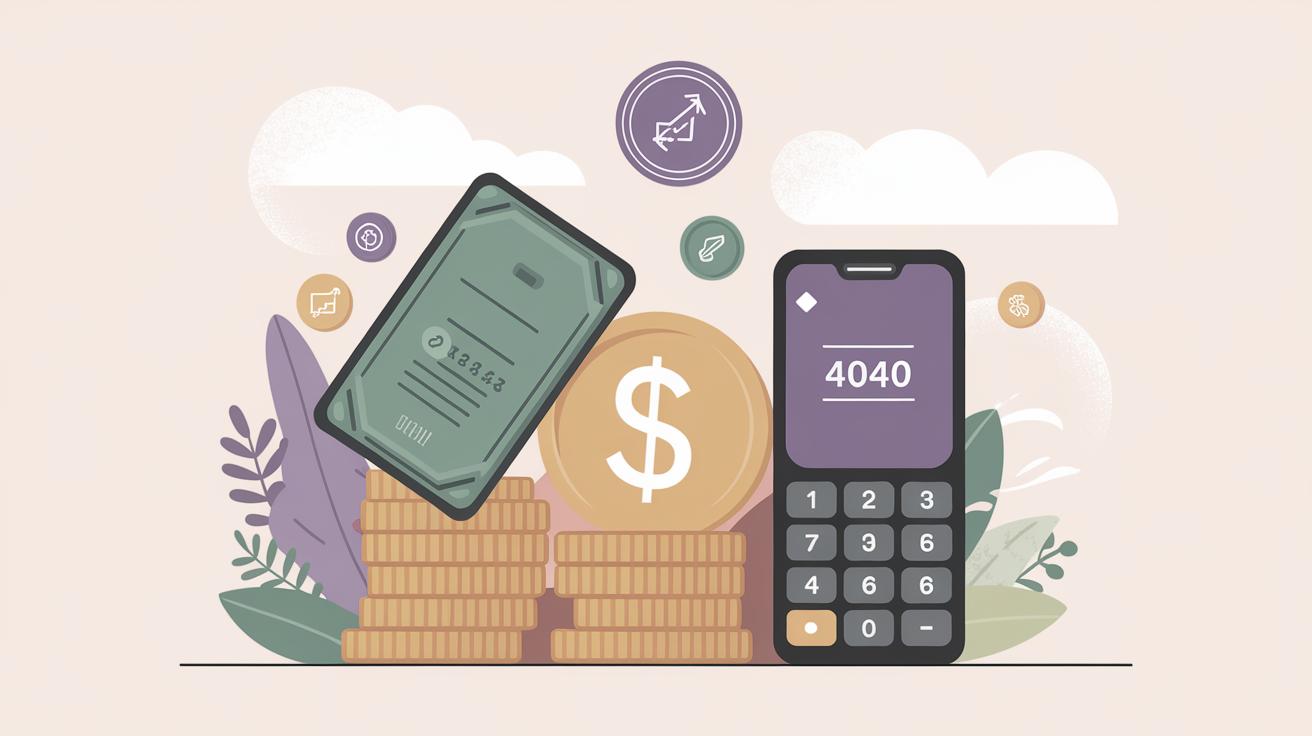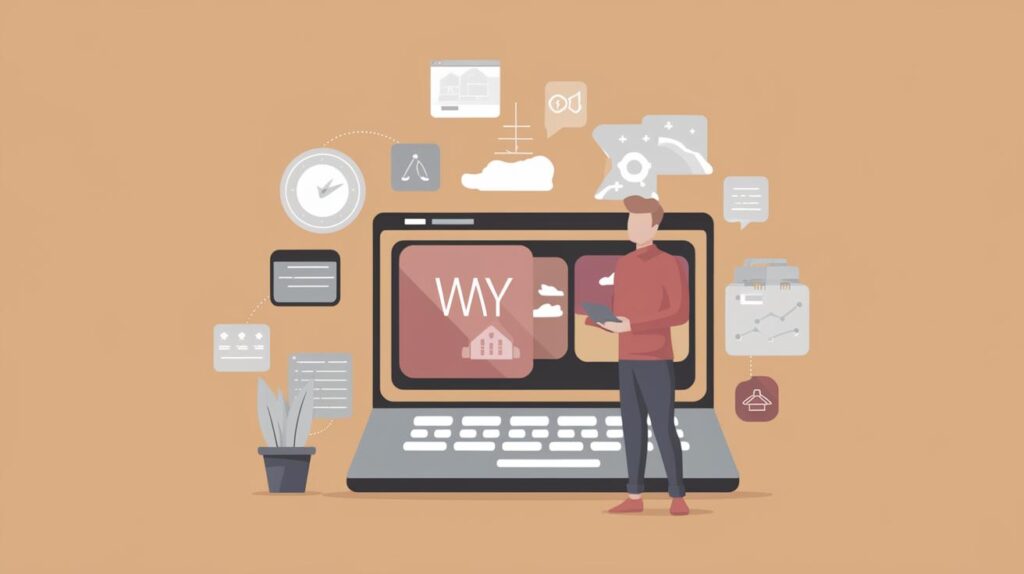How to Build a Loan App
In today’s digital age, creating a money lending app can be a lucrative business opportunity. As the demand for accessible financial services continues to grow, a well-developed loan app can provide users with quick and reliable access to funds. This comprehensive guide will take you through essential steps to build your own loan app, covering the prerequisites, development process, key features, and more. We’ll also delve into legal compliance, cost considerations, and timeframes for development. By the end of this guide, you’ll be equipped with the knowledge to embark on your money lending app journey and tap into the thriving fintech market.
Prerequisites to Start Money Lending App Business
Before diving into development, understanding the prerequisites of launching a money lending app is crucial. Establishing a clear business plan is the first step, outlining your objectives, target audience, and competitive differentiators. This strategic approach helps in aligning your vision with the needs of your potential users, ensuring a relevant and user-friendly app.
Securing the necessary capital to support development and operational costs is another fundamental requirement. Whether through self-funding, venture capital, or loans, financial backing is essential for covering expenses related to technology, marketing, and compliance. Finally, adhering to legal requirements and obtaining appropriate licenses is critical to avoid potential legal issues and build credibility in the financial services sector.
How to Create a Money Lending App [6 Step Process]
Step 1: Create a Test Case of Your Money Lending App Idea
The journey of building a loan app begins with conceptualizing a test case to validate your idea. This involves conducting thorough market research to identify existing gaps and potential improvements over current offerings. Understanding user pain points and preferences will guide the development of a prototype that addresses these challenges effectively.
Collaborate with industry experts or potential users to garner feedback on your test case. Their insights can help refine your concept, ensuring it resonates with real-world demands. The goal is to establish a viable and appealing solution that sets the stage for further development steps.
Step 2: Finalize the App Development Tech Stack
Selecting the right technology stack for your loan app is critical to ensuring its functionality, scalability, and security. Common choices for backend development include Node.js, Python, and Ruby on Rails, while frontend frameworks like React Native or Swift are popular for mobile interfaces.
Focus on technologies that support seamless integration with third-party services, such as payment gateways and data analytics tools. Consider the app’s long-term maintenance requirements and opt for a tech stack that offers cost-effective updates and extensions.
Step 3: Assemble a Team of Experienced FinTech App Developers
Building a capable development team is instrumental in bringing your app vision to life. Look for professionals with expertise in fintech, UI/UX design, and mobile app development. Their experience in handling regulatory compliance and industry-specific challenges is invaluable.
Consider working with a mix of in-house developers and external consultants to ensure a balanced approach towards innovation and compliance. Effective communication and collaboration among your team members will drive project success and help meet development milestones efficiently.
Step 4: Build an MVP version of the Money Lending App
Developing a Minimum Viable Product (MVP) is a crucial step in the app creation process. An MVP includes core features necessary for the app to function and serves as a prototype for early testing and feedback. Its purpose is to validate the app’s utility and feasibility in a real-world environment.
Launching an MVP allows you to identify potential issues and gather user feedback, facilitating improvements for the full version. It’s an opportunity to engage with early adopters and adjust the product roadmap accordingly, ensuring the final app aligns with user expectations and industry standards.
Step 5: Perform Thorough App Testing and Publish Your App
Rigorous app testing is essential to ensure a seamless user experience and identify any bugs or glitches. Conduct both manual and automated testing across various devices and operating systems. This ensures compatibility and functionality across platforms, enhancing user satisfaction.
Once testing is complete, prepare your app for submission to platforms like Google Play and the Apple App Store. Ensure that all guidelines are adhered to, and provide comprehensive documentation and support channels to assist users post-launch.
Step 6: Promote Your Money Lending App
The launch of your money lending app marks the beginning of its journey in the marketplace. Develop a robust marketing strategy that incorporates digital marketing, social media campaigns, and partnerships with influencers in the fintech space.
Utilize SEO techniques to enhance visibility and leverage user reviews and testimonials to build trust and attract new users. Consistent updates and engagement with your user community will foster loyalty and drive your app’s success.
What Are Legal Compliance and Encryption?
Legal compliance is an integral component of developing a money lending app. Adhering to regulatory standards, such as the GDPR for data protection and KYC requirements for identity verification, ensures your app operates within legal boundaries, building trust with users and authorities.
Encryption technologies are crucial for safeguarding user data and maintaining privacy. Implementing advanced encryption protocols protects sensitive information from potential breaches, fostering confidence in the security of your app.
How Much Does It Cost to Build a Money Lending App?
The cost of developing a money lending app can vary significantly based on several factors, including complexity, platform choice, and development team expertise. On average, budget between $50,000 to $300,000 for the complete development cycle.
Consider expenses beyond initial development, including cloud hosting, third-party integrations, and post-launch maintenance. A clear breakdown of expected costs helps in securing financial resources and planning the project budget effectively.
How Long Does It Take for Money Lending App Development?
The timeline for developing a money lending app depends on the project’s scope and requirements. Generally, an MVP can be developed within 3 to 6 months, while a fully-featured app may take anywhere from 9 months to over a year.
Allocate sufficient time for each development phase, including research, prototyping, testing, and iteration. A well-planned timeline accommodates unforeseen challenges and ensures a methodical approach towards launching a reliable and robust app.
What Key Features Does A Money Lending App Have?
A successful money lending app incorporates several key features such as user registration, loan application processing, identity verification, and repayment tracking. Efficient user interfaces and customer support channels enhance user experience and satisfaction.
Additional features like real-time notifications, credit score tracking, and personalized loan management tools provide added value. Continuous updates based on user feedback keep the app relevant and competitive in the fast-evolving fintech landscape.
What are the Well Known Examples of Money Lending Apps?
Several prominent money lending apps exemplify success in the industry. Apps like LendingClub, SoFi, and Prosper are widely recognized for their user-friendly platforms and efficient lending processes.
These apps serve as benchmarks for feature offerings and scalability, proving that a focus on user needs and regulatory compliance can drive growth and market penetration. Analyzing their strategies offers valuable insights for your app development journey.
FAQs About Creating a Money Lending App
What type of development model to choose for the money lending app?
The choice between traditional, agile, or DevOps development models depends on factors like team dynamics, project size, and timeline. Agile models are popular for fintech apps due to their adaptability and emphasis on iterative progress.
How do loan mobile apps work?
Loan mobile apps streamline the borrowing process by allowing users to apply for loans directly through their devices. These apps analyze user data for credit scores and provide instant decisions, followed by seamless fund transfers and repayment tracking.
Should you develop a loan application in a native or cross-platform?
The decision to develop natively or through cross-platform solutions depends on the target audience and required performance. Native apps deliver superior functionality and user experience, while cross-platform development offers cost-effective reach across multiple devices.
Build Your Customized Money Lending App
Embarking on the journey to build a money lending app requires a careful balance of innovation, regulatory awareness, and user-centric design. By following the outlined steps and understanding industry best practices, you can create a successful and impactful financial solution.
The dynamic nature of the fintech industry presents abundant opportunities for growth and development. With dedication and strategic planning, your money lending app can become a valuable asset in the ever-evolving digital financial landscape.
| Section | Overview |
|---|---|
| Prerequisites to Start Money Lending App Business | Defines initial requirements such as a business plan, capital, and legal licenses. |
| How to Create a Money Lending App [6 Step Process] | Outlines the development process from idea validation to marketing post-launch. |
| What Are Legal Compliance and Encryption? | Discusses the importance of adhering to legal standards and ensuring data security. |
| How Much Does It Cost to Build a Money Lending App? | Examines the financial investment required for app development. |
| How Long Does It Take for Money Lending App Development? | Explores timeframes for different development stages and final version completion. |
| What Key Features Does A Money Lending App Have? | Identifies essential and additional features that enhance app functionality. |
| What are the Well Known Examples of Money Lending Apps? | Provides examples of successful existing apps as benchmarks. |
| FAQs About Creating a Money Lending App | Answers common questions on development models, functionality, and platforms. |
| Build Your Customized Money Lending App | Encourages building an app with strategic and innovative approaches. |


